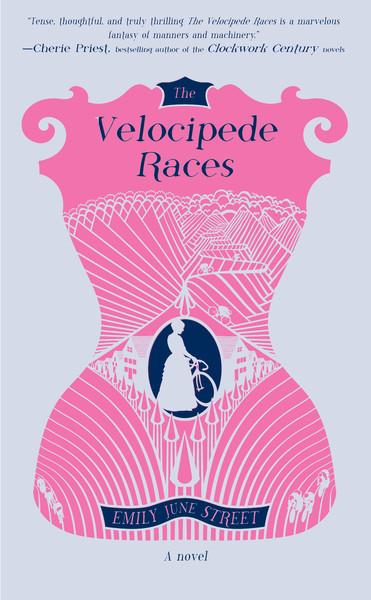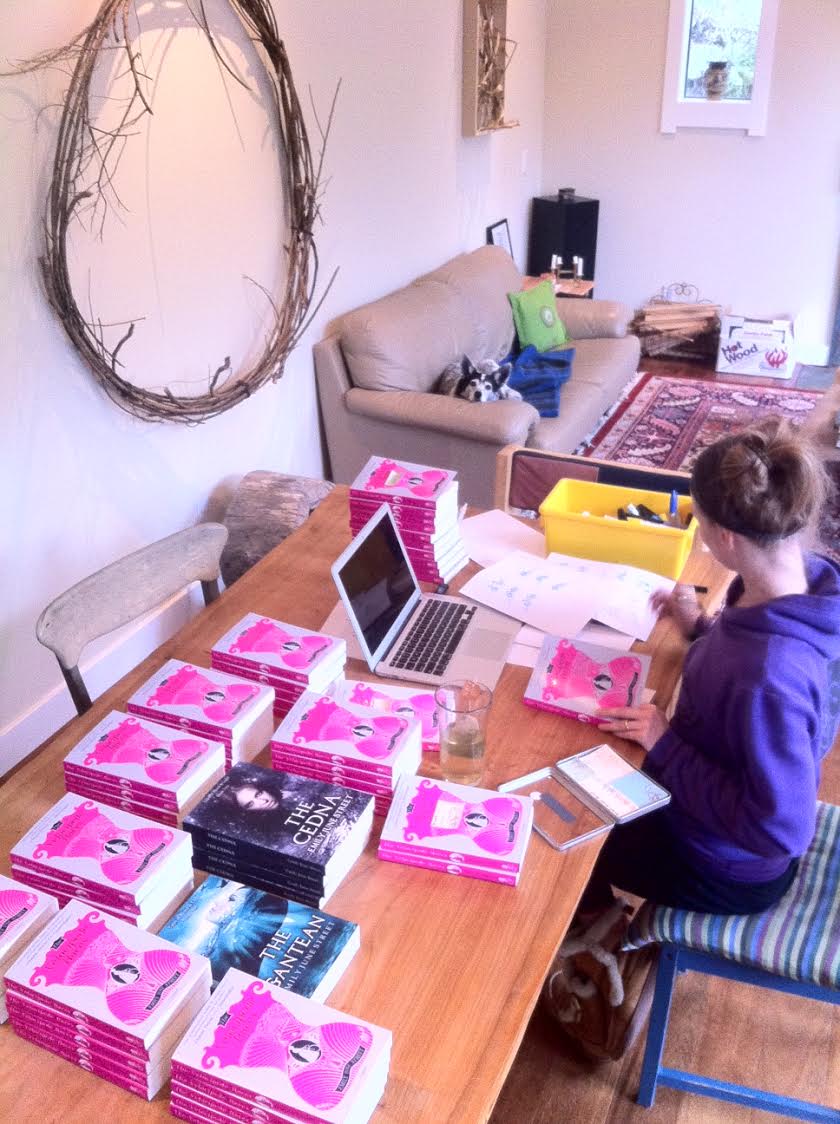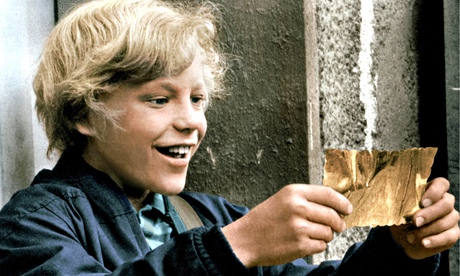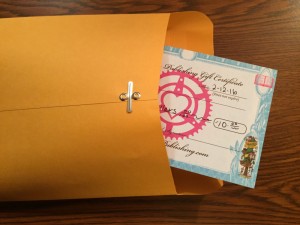Cyn started out last year as an especially-committed intern, and is now is the newest member of our staff, our sales associate, working with Thea to get our books into stores and figure out new, mind-blowing ways to make google spreadsheets do our bidding. I asked her a few questions about her job, her hopes, and important matters of character and morality—like snacks.
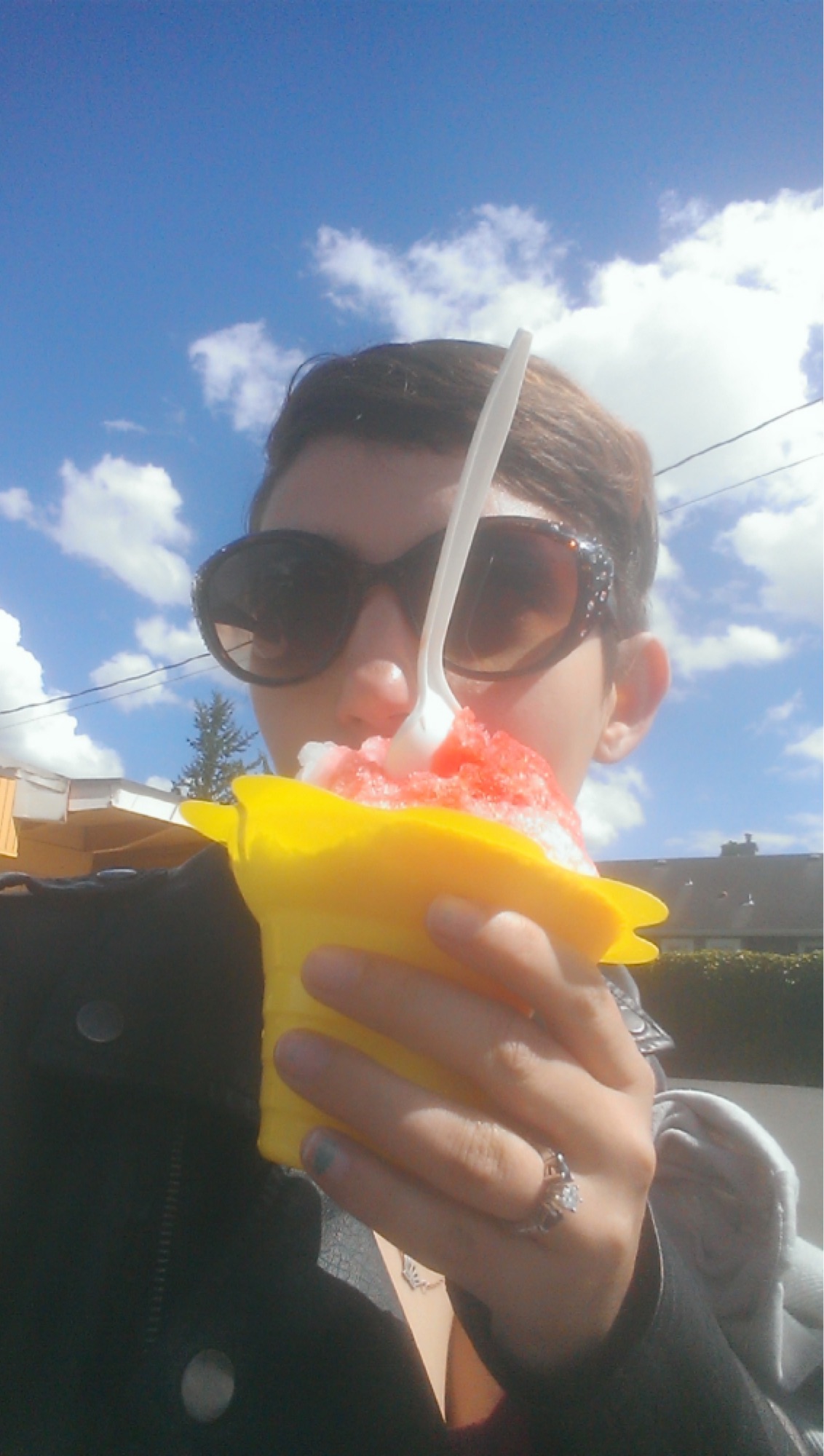 1. What do you do at Microcosm? What parts of the work you do here (and used to do as an intern) are the most entertaining?
1. What do you do at Microcosm? What parts of the work you do here (and used to do as an intern) are the most entertaining?
The short description that I really like is that I keep Microcosm fresh in people’s minds and remind them that we exist and make awesome stuff! Whether this is achieved via stuffing envelopes with catalogs and awesome stickers, emailing retail stores when we have new titles, or tracking down obscure sales leads. I imagine this will eventually lead to my becoming Microcosm’s unofficial mascot (second to Ruby, of course), as I spread the word and get Microcosm titles onto every bookshelf.
I have to say my favorite thing to do, though, is proofreading. Maybe that’s what everybody likes to do, but there’s something about getting to read a brand new book and help shape it for readers that draws me in every time.
2. You’re really passionate about publishing. What’s the story there?
I have no idea. Pretty much any bibliophile can tell you how great it is to just hold a book, and how the smell of libraries and ink and old books just feels comfortable and right. I’ve always loved books and writing in most forms. My dad read The Hobbit to me when I was a kid, and I remember spending a lot of time growing up with kids’ fantasy books and angsty teen dramas.
Books were something to do and something to connect to on a very personal, emotional level. I wanted to write, too, to tell stories, but I always felt like I lacked motivation and discipline. At some point, though, I realized that whether or not I wrote books, I wanted to be a part of making them. It’s this industry founded in expression and communication and language, throughout history, and I felt like I needed to be a part of it and help good books get to the people that want and need them. Along with that, holding a finished product that has so much context and history—that I got to be a part of making—is kind of amazing. It became the only thing I really, really wanted to do in my life other than travel.
3. What do you like to do when you don’t have to be at work?
Right now I’m kind of too busy to do anything, but when I can, I like to eat crazy foods from around the world and spend time with my husband and dogs. We moved to Portland last spring and once we both got jobs we stopped being able to explore the city. I’d like to go back to doing that when I have more time. Right now… we mostly watch a lot of tv.
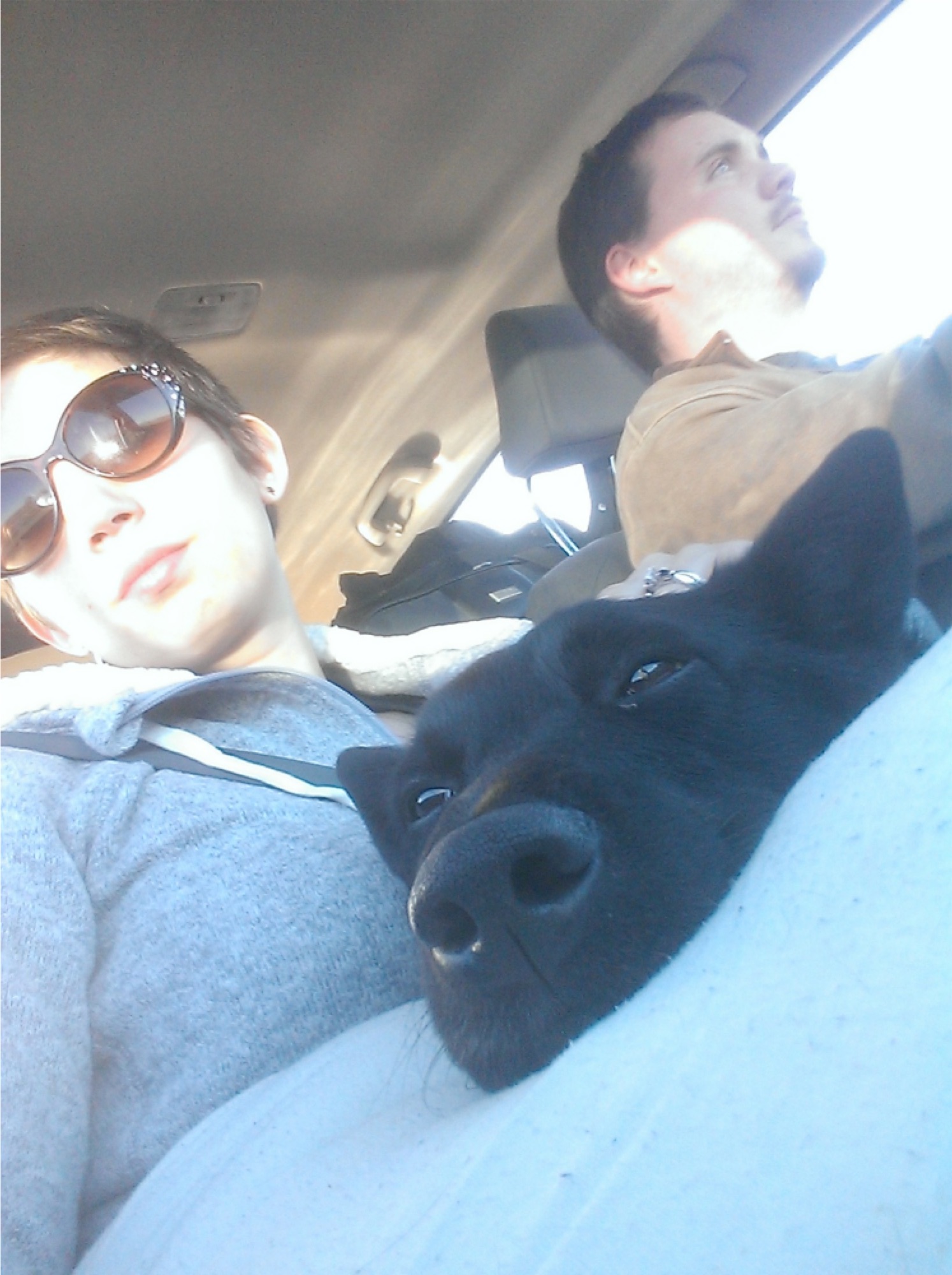 4. Favorites!
4. Favorites!
– What’s your favorite Microcosm book? Non-Microcosm book?
The easiest answer is This Is Portland, because it was the first book I bought when I moved here. I didn’t even know it was a Microcosm book until I sat down to read it! In a similar way, though, Velocipede Races will probably always be special because I think it was the first book I proofread here, and YA stories are a soft spot for me, so it’s exciting to be a part of this newer chapter of Microcosm’s titles.
My favorite non-Micro book…. well, I love pretty much everything by Francesca Lia Block because she writes such poetic narrative, but lately I have also been incredibly addicted to Joe Hill; Horns and Heart Shaped Box really brought me back into books at a time when I had lost passion for reading.
Favorite snack food?
I probably love food too much to have a favorite…and I don’t eat that much junk food… Well, I love sushi, Indian, and Ethiopian, and I’d rather have any of them than a snack any day.
Favorite place in the world? Place in Portland?
So far, New York City is kind of my favorite place in the world. For a million reasons mostly having to do with diversity and variety and the intense big city feel. In Portland, I love when you’re on one of the bridges headed east, and you can see Mt. Hood and it’s huge and snow-capped and all-around amazing.
5. Anything else I ought to be asking?
My dogs names are Kaylee and Leelu. I feel like that says a lot about me. That’s about it.
Wait! I lied! My favorite snack is marshmallows toasted in the oven! I can eat like a bag at a time.
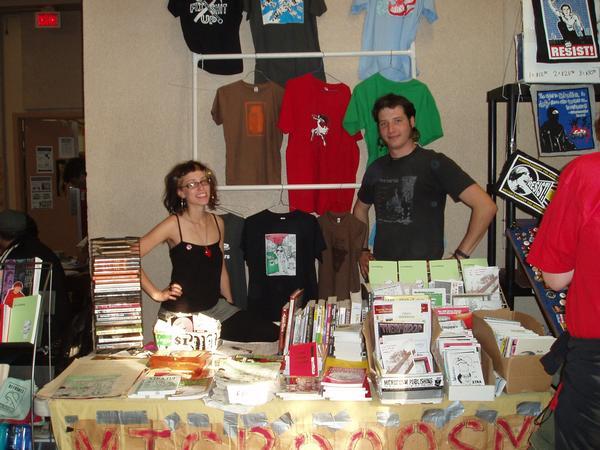 In 2007 while Microcosm was at the Bay Area Anarchist Book Fair, a couple approached our table during the last hour minutes of the final day. They pawed around through our displays for a few minutes and then, looking concerned, before finally asking “Hard times, huh?”
In 2007 while Microcosm was at the Bay Area Anarchist Book Fair, a couple approached our table during the last hour minutes of the final day. They pawed around through our displays for a few minutes and then, looking concerned, before finally asking “Hard times, huh?” 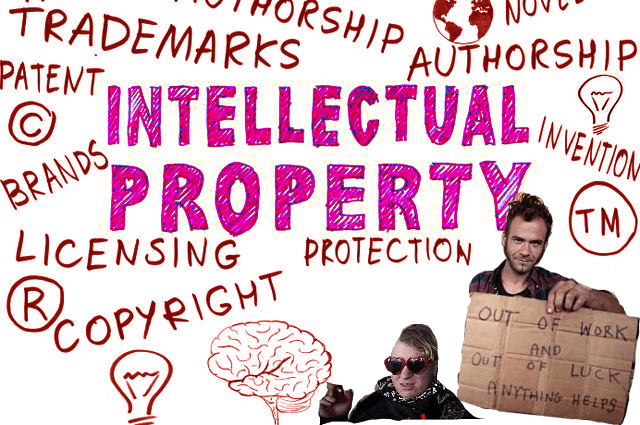
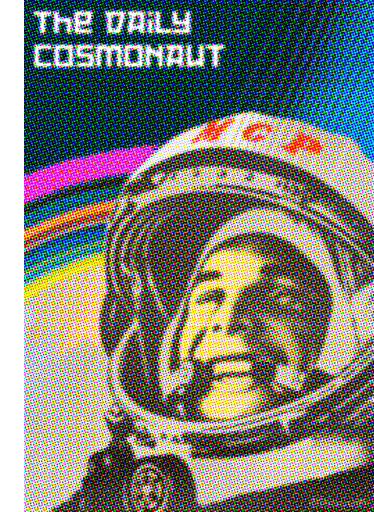
 1. What do you do at Microcosm? What parts of the work you do here (and used to do as an intern) are the most entertaining?
1. What do you do at Microcosm? What parts of the work you do here (and used to do as an intern) are the most entertaining? 4. Favorites!
4. Favorites! Once upon a time Microcosm was located in a church basement on Ivy Street. We had two and later three adjoining offices. We had a lockable accordian-style door that sectioned off the crawl space under the stairs and a few shelves for warehouse storage. We added a separate room across the building when the boxes were stacked so densely that we could not add one more. We filled every inch of our office and its closets with boxes and then I began filling up my basement at home. When there was indisputably no more room and the landlord raised the rent, it was time to go. We lived holed up in various staff members’ basements and a series of too-small walk-in locations from 2007 until 2010 when we dumped it in all in a big drafty industrial building and signed a deal with a trade distributor to warehouse about 50% of our books.
Once upon a time Microcosm was located in a church basement on Ivy Street. We had two and later three adjoining offices. We had a lockable accordian-style door that sectioned off the crawl space under the stairs and a few shelves for warehouse storage. We added a separate room across the building when the boxes were stacked so densely that we could not add one more. We filled every inch of our office and its closets with boxes and then I began filling up my basement at home. When there was indisputably no more room and the landlord raised the rent, it was time to go. We lived holed up in various staff members’ basements and a series of too-small walk-in locations from 2007 until 2010 when we dumped it in all in a big drafty industrial building and signed a deal with a trade distributor to warehouse about 50% of our books.  So eventually we found a solution that would work: a fence. Within the height limits and distance from the sidewalk, a fence can create a little privacy and allow for more storage. So over the past 18 months we’ve been steadily under construction and hopefully as a result, we should have enough room for the next two years. This process has forced us to be much more careful about what we publish and how many copies we print. We’ve been teetering close to our tipping point for many years but often that tension can be energizing rather than collapsing.
So eventually we found a solution that would work: a fence. Within the height limits and distance from the sidewalk, a fence can create a little privacy and allow for more storage. So over the past 18 months we’ve been steadily under construction and hopefully as a result, we should have enough room for the next two years. This process has forced us to be much more careful about what we publish and how many copies we print. We’ve been teetering close to our tipping point for many years but often that tension can be energizing rather than collapsing. 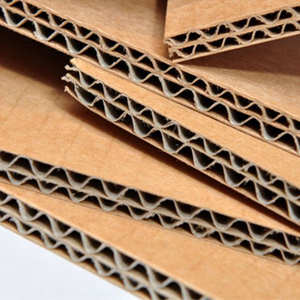
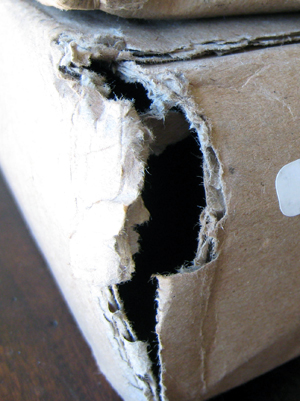
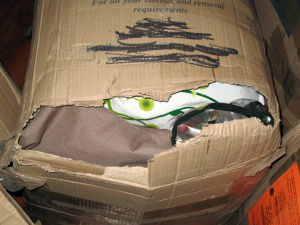
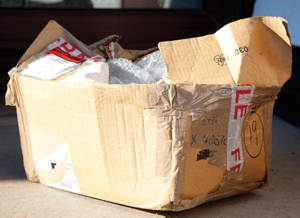
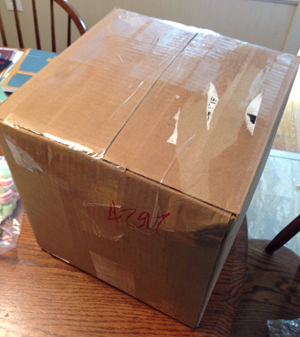
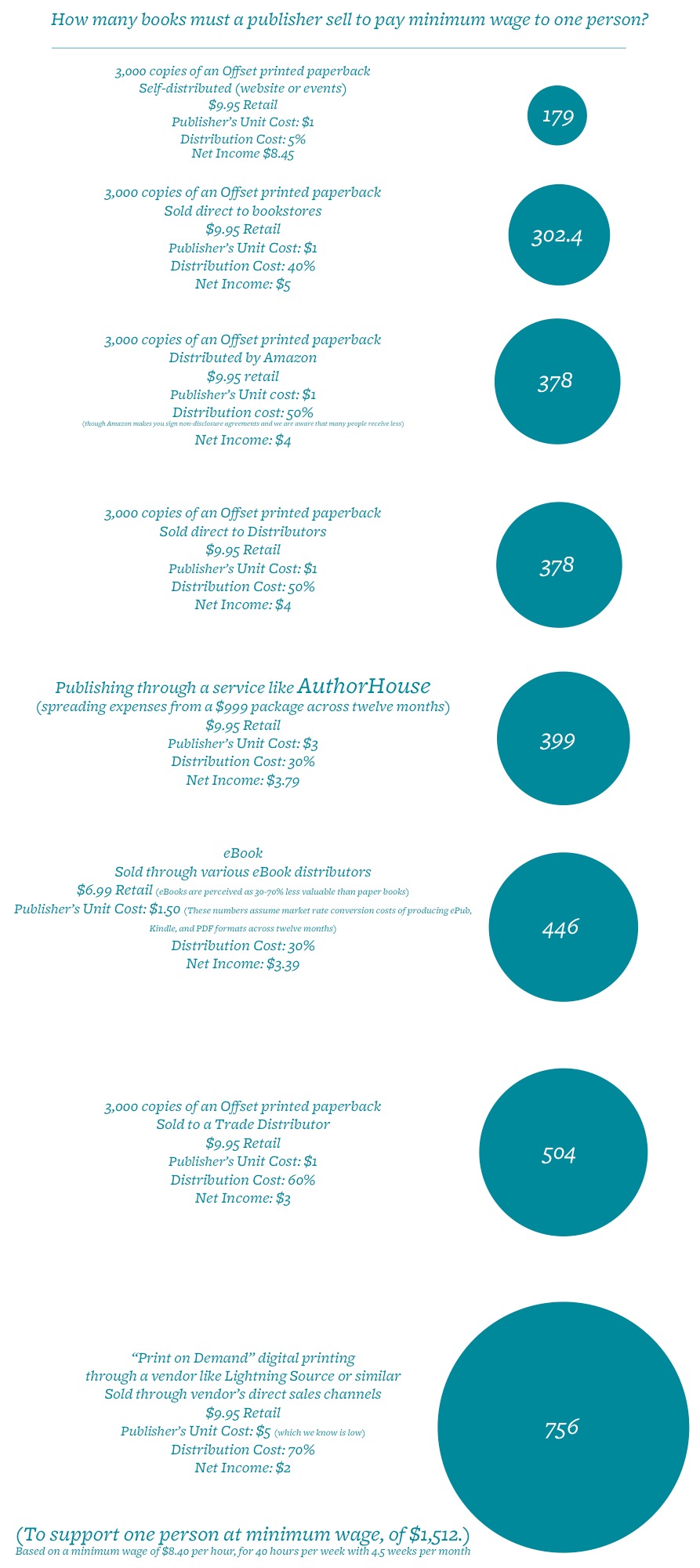
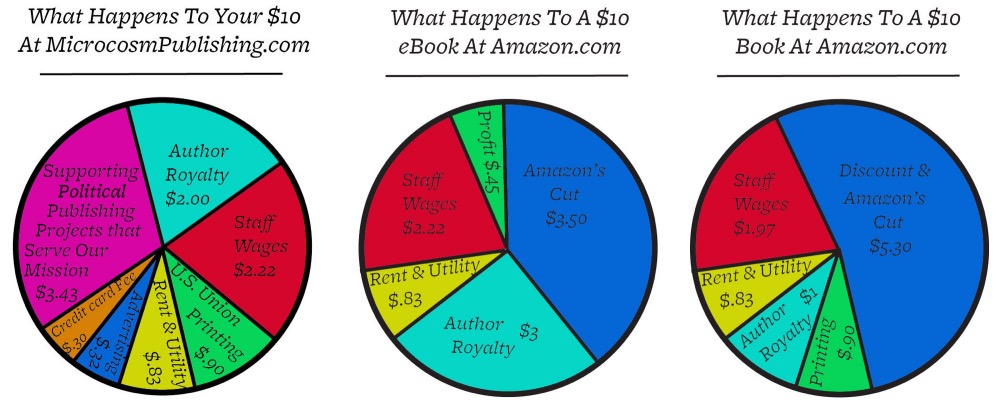
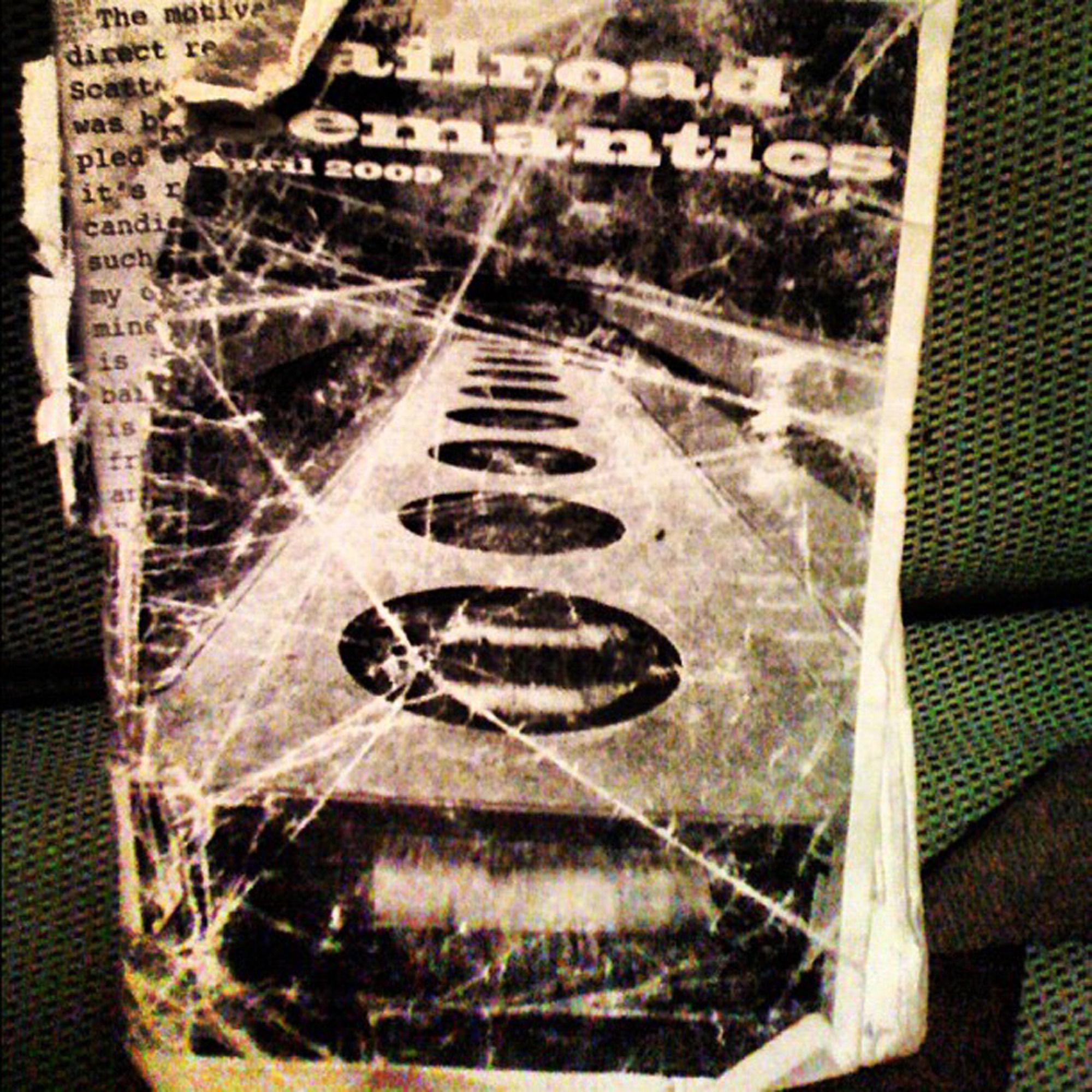 1. How did Railroad Semantics, the zine, start? How did they end up becoming books?
1. How did Railroad Semantics, the zine, start? How did they end up becoming books?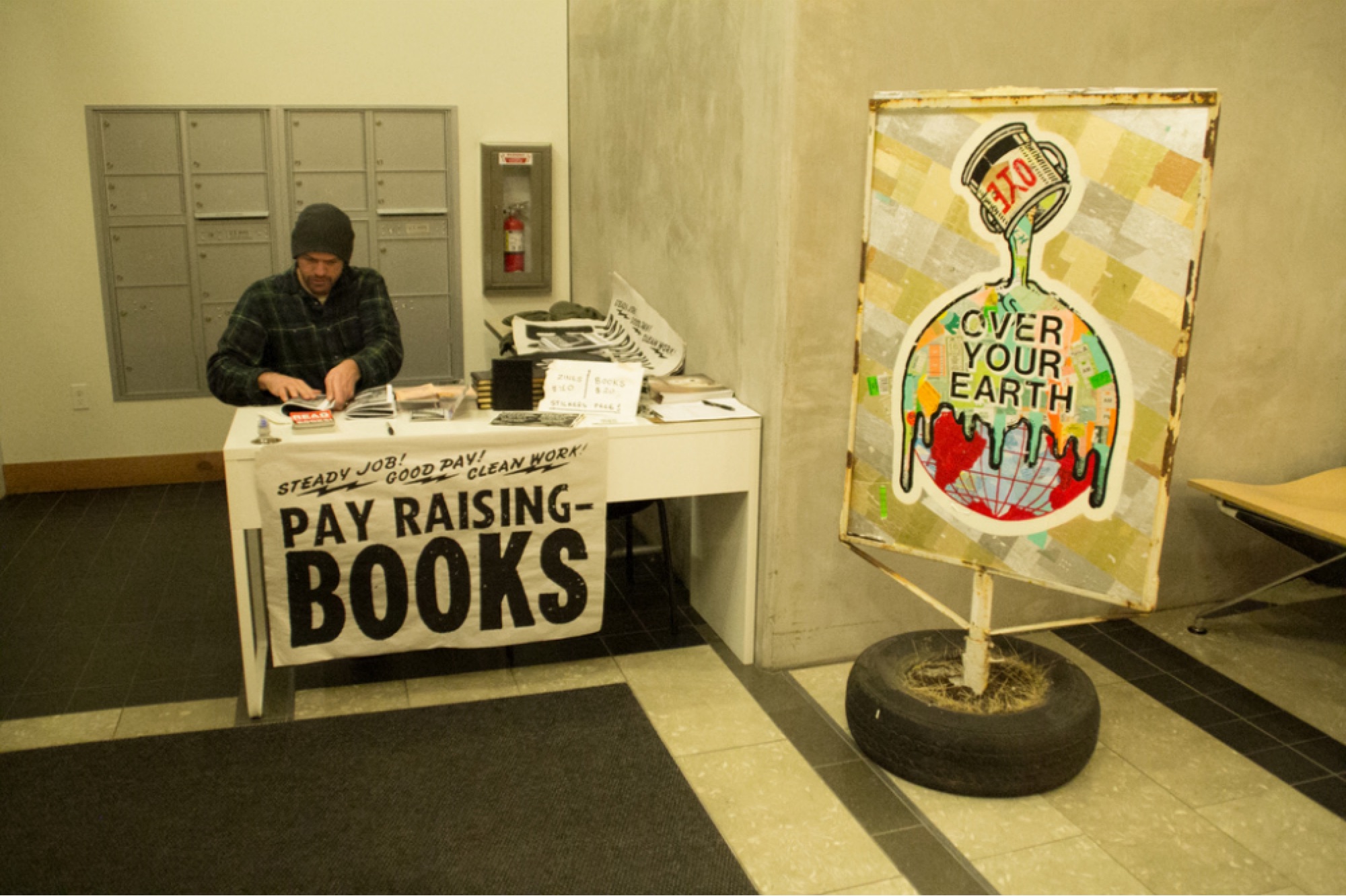
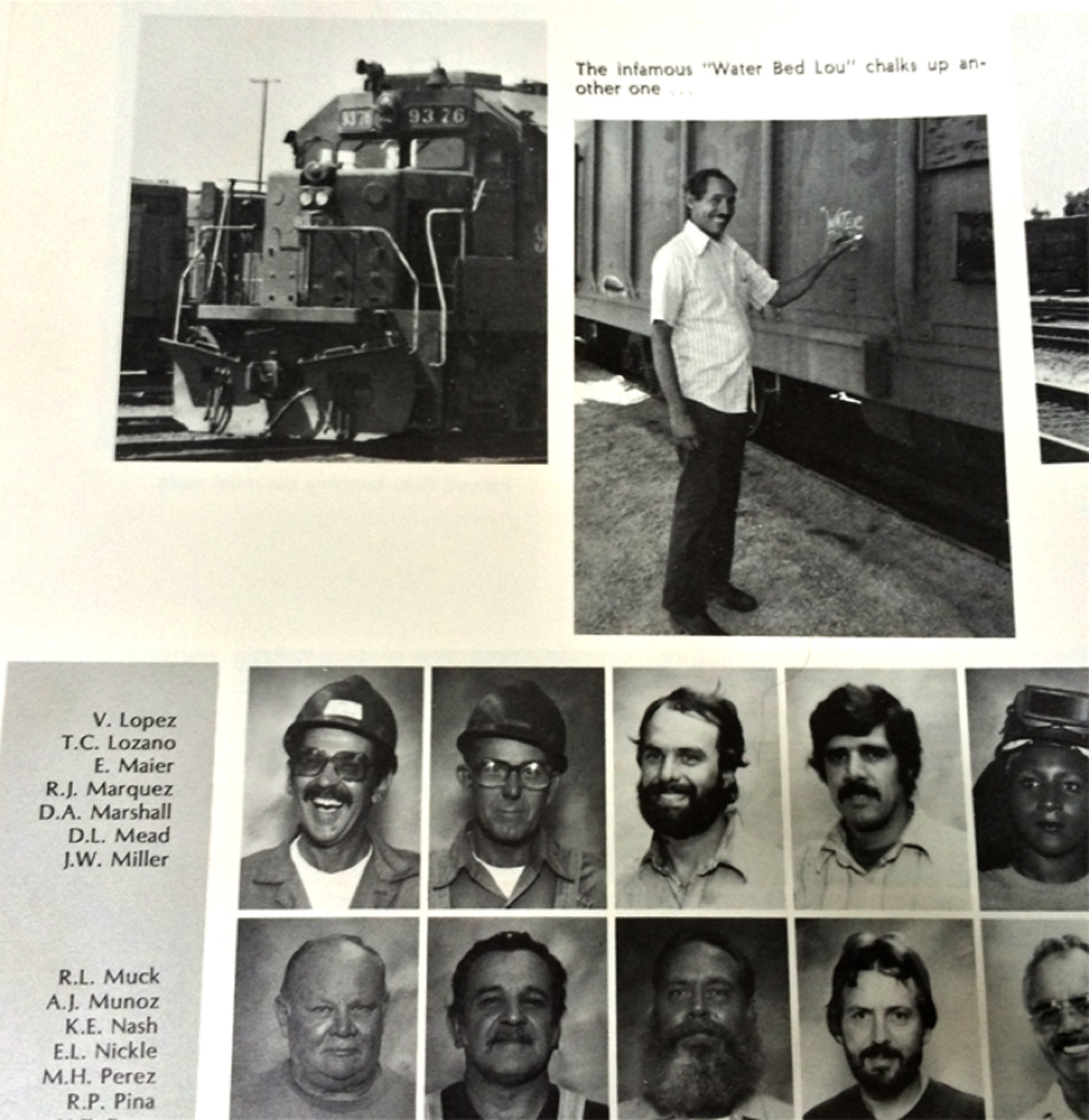
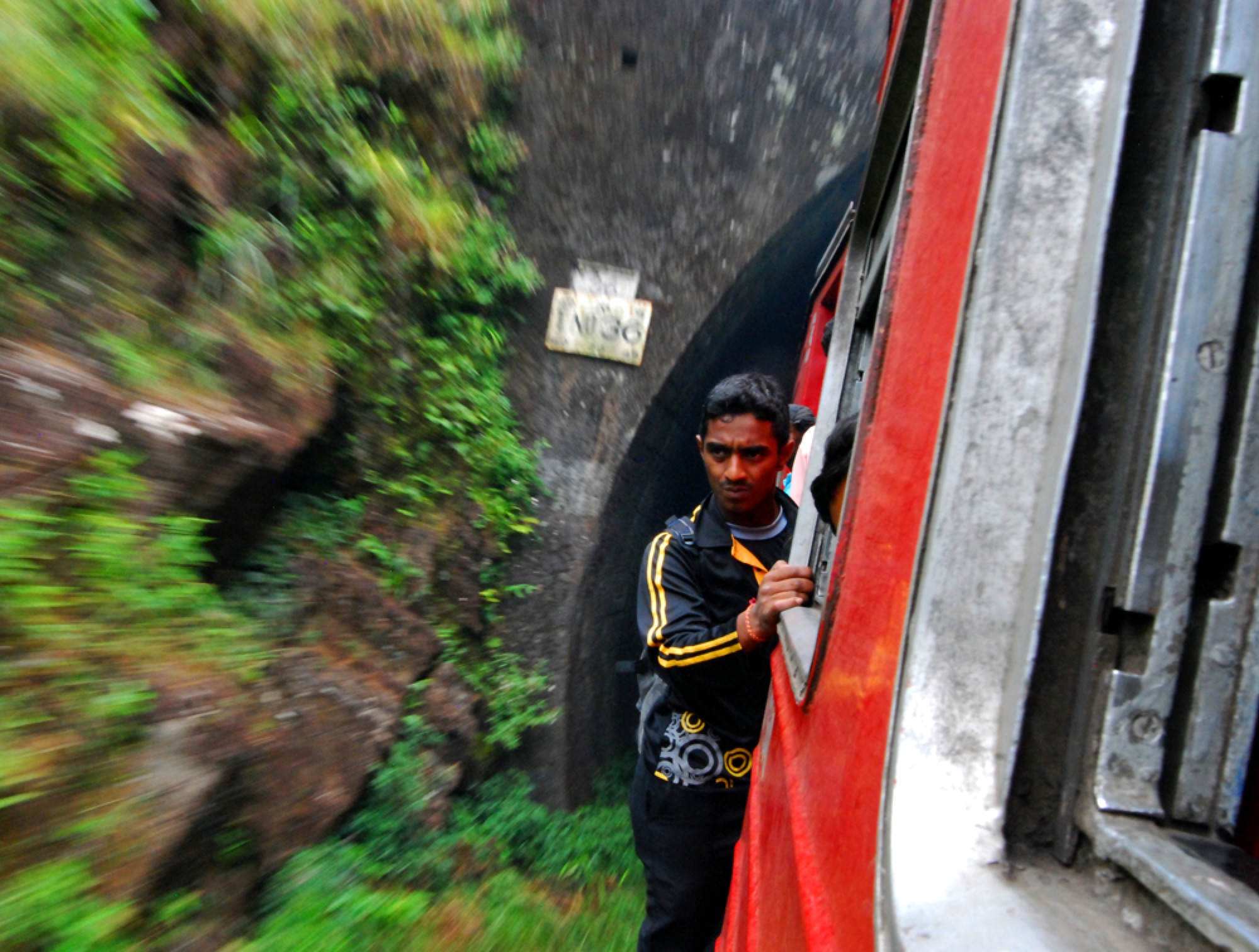
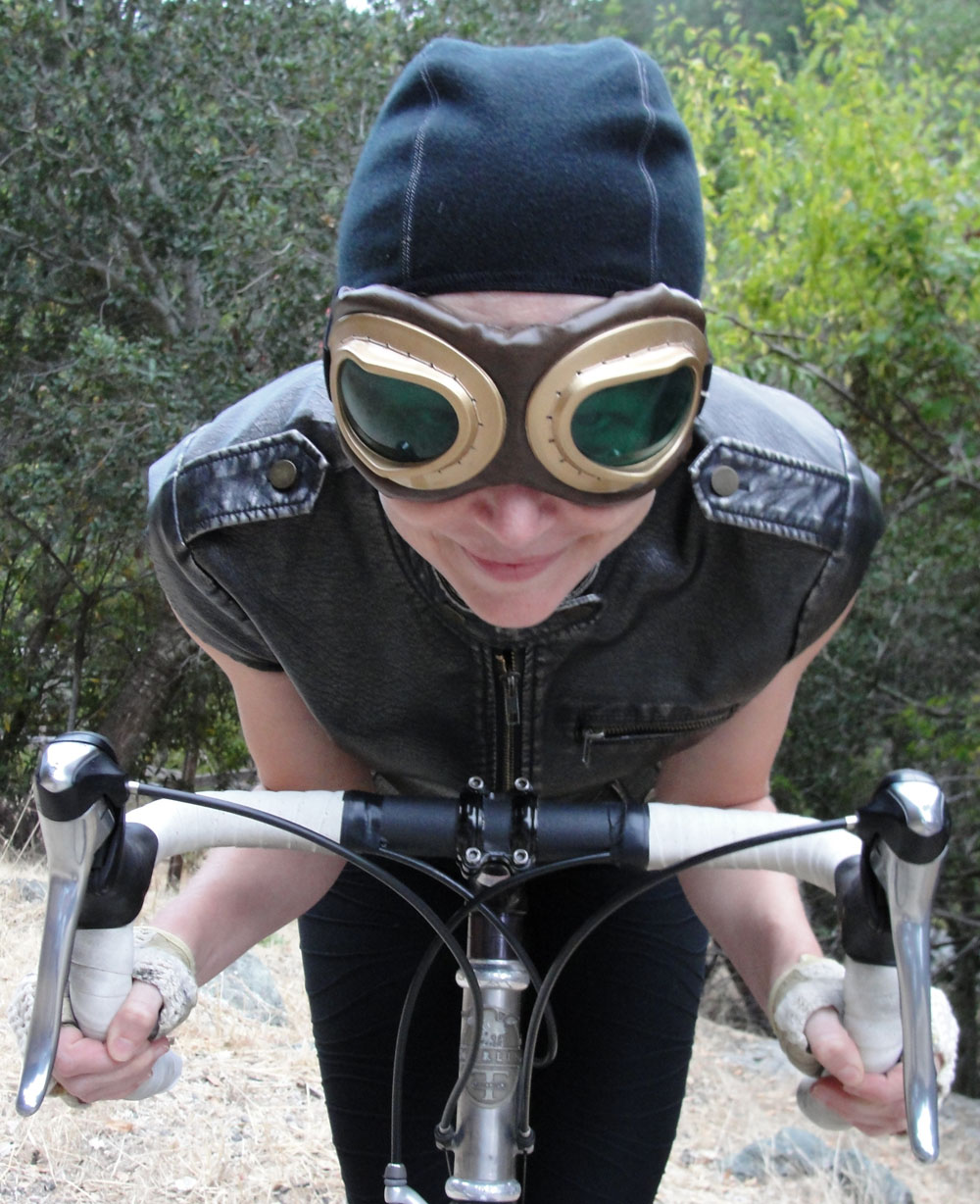 “A tough girl rebels against stifling gender rules in a quasi-historical steampunk world, dreaming of racing her bicycle in the cutthroat velocipede races. But can her dream survive scandal, scrutiny, and heartbreak?” That’s how
“A tough girl rebels against stifling gender rules in a quasi-historical steampunk world, dreaming of racing her bicycle in the cutthroat velocipede races. But can her dream survive scandal, scrutiny, and heartbreak?” That’s how 